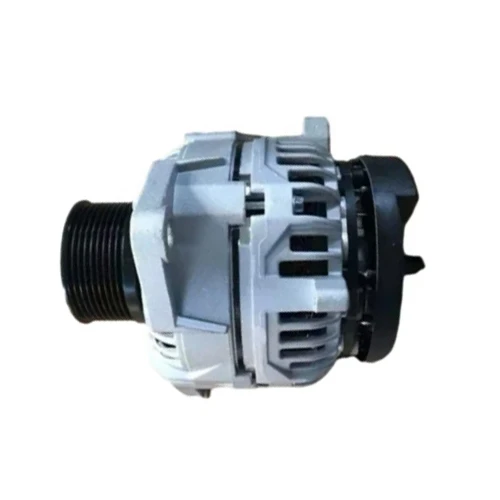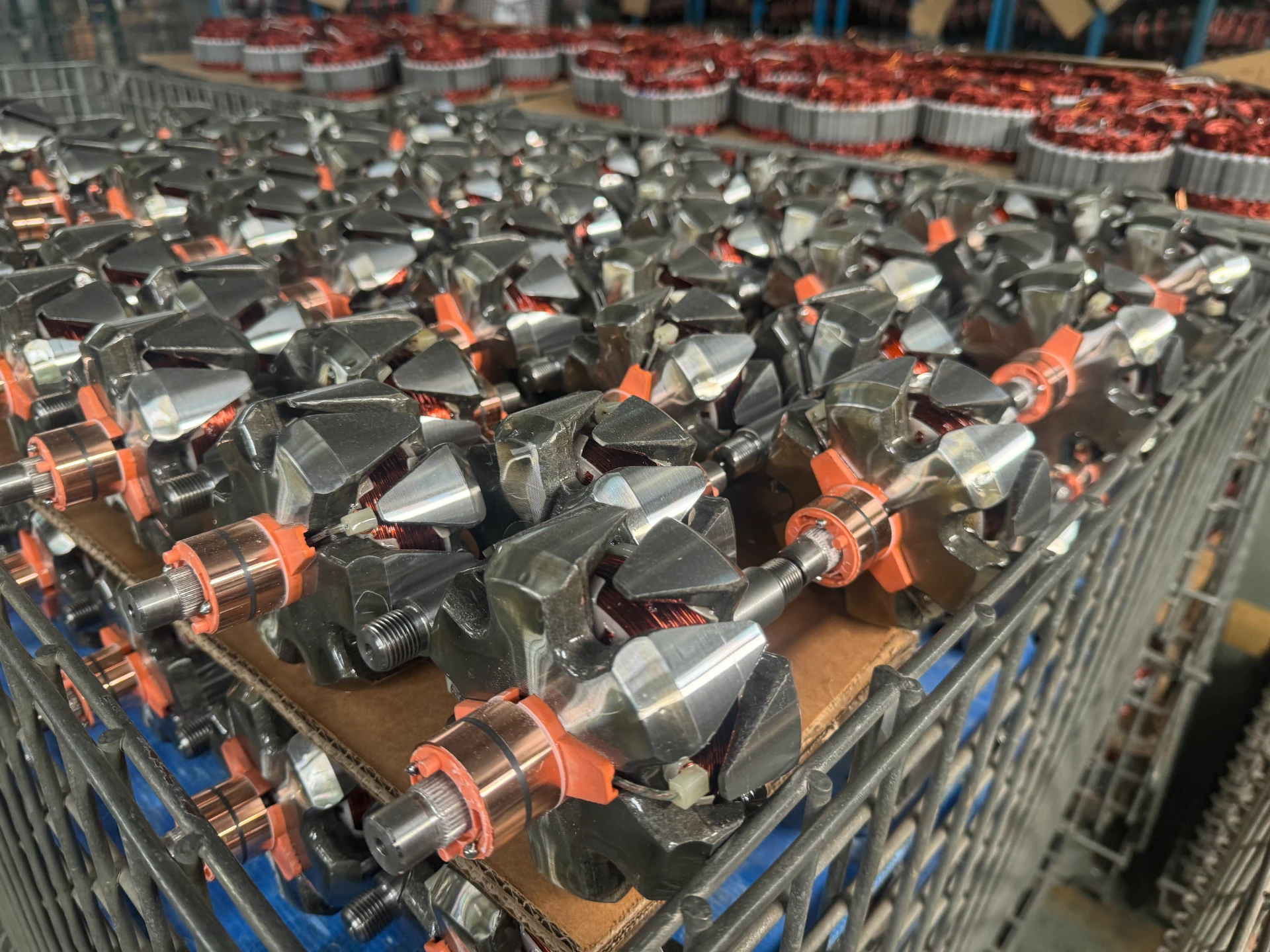Absolutely! Crafting a compelling and engaging post for a product like an automotive AC alternator in the style of a popular social media platform like Xiaohongshu (小红书) involves focusing on its unique features, benefits, and how it can add value to your car’s performance. Here’s a draft in English that captures the essence of an EEAT (Exhaustive Evaluation And Analysis Tool) focused post:
🌟✨ Revolutionize Your Ride: Discover the Magic Behind Automotive AC Alternators! ✨🌟
Hey car enthusiasts! 🚗💨 Are you tired of dealing with electrical issues on the road? Tired of your car’s battery dying at the most inconvenient times? Well, look no further! Let me introduce you to the unsung hero of your vehicle’s electrical system – the Automotive AC Alternator! 🌟
⚡ Performance Advantages You Can’t Ignore:
Imagine a power supply so reliable that it charges your battery efficiently, even under the toughest conditions. The Automotive AC Alternator is built to handle high loads and extreme temperatures, ensuring your car’s electronics stay powered up and running smoothly. Whether you’re cruising down highways or navigating through city traffic, this alternator will keep your lights, radio, and other essential systems running without a hitch.
🔧 Working Principles Demystified:
But how does it work its magic? At the heart of the AC Alternator lies advanced technology designed to convert mechanical energy into electrical energy more efficiently than traditional DC alternators. It uses an AC generator to produce alternating current, which is then converted into direct current by a rectifier bridge. This process not only increases efficiency but also reduces wear and tear on the alternator itself, extending its lifespan and saving you money in the long run.
🔑 Why Choose This Alternator?
- Efficiency: Higher efficiency means less strain on your engine and better fuel economy.
- Durability: Built with robust materials and innovative design, it stands up to harsh conditions.
- Compatibility: Designed to fit a wide range of vehicles, making it a versatile choice for your car.
💡 Real-Life Benefits:
Think about never having to worry about your car’s electrical system again. Picture yourself enjoying smooth, uninterrupted journeys without the fear of sudden breakdowns. With an Automotive AC Alternator, that dream becomes a reality.
🛒 Ready to Upgrade?
Investing in quality components like the Automotive AC Alternator is one of the smartest moves you can make for your vehicle. Not only does it enhance performance, but it also adds significant value to your car, making it a worthwhile upgrade for any discerning driver.
Don’t wait for problems to arise. Upgrade now and experience the difference a top-quality AC Alternator can make in your driving experience. Your car deserves the best, and so do you! 🚗💨✨
AutomotiveACAlternator #CarElectricalSystem #UpgradeYourRide
This post aims to captivate your audience by highlighting the benefits and unique features of the Automotive AC Alternator, making it clear why it’s worth considering as an upgrade for their vehicle.
Old car models or special needs

